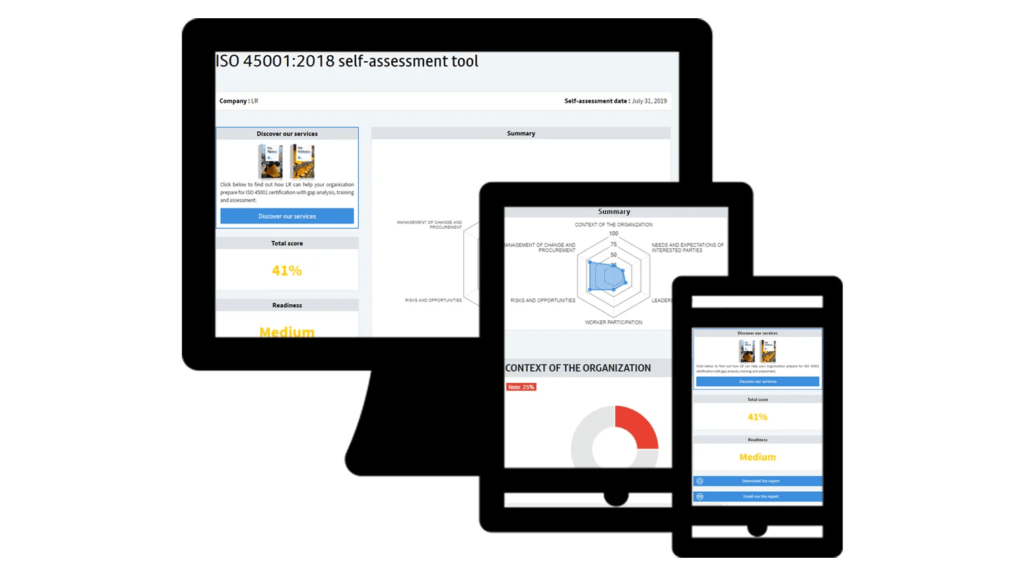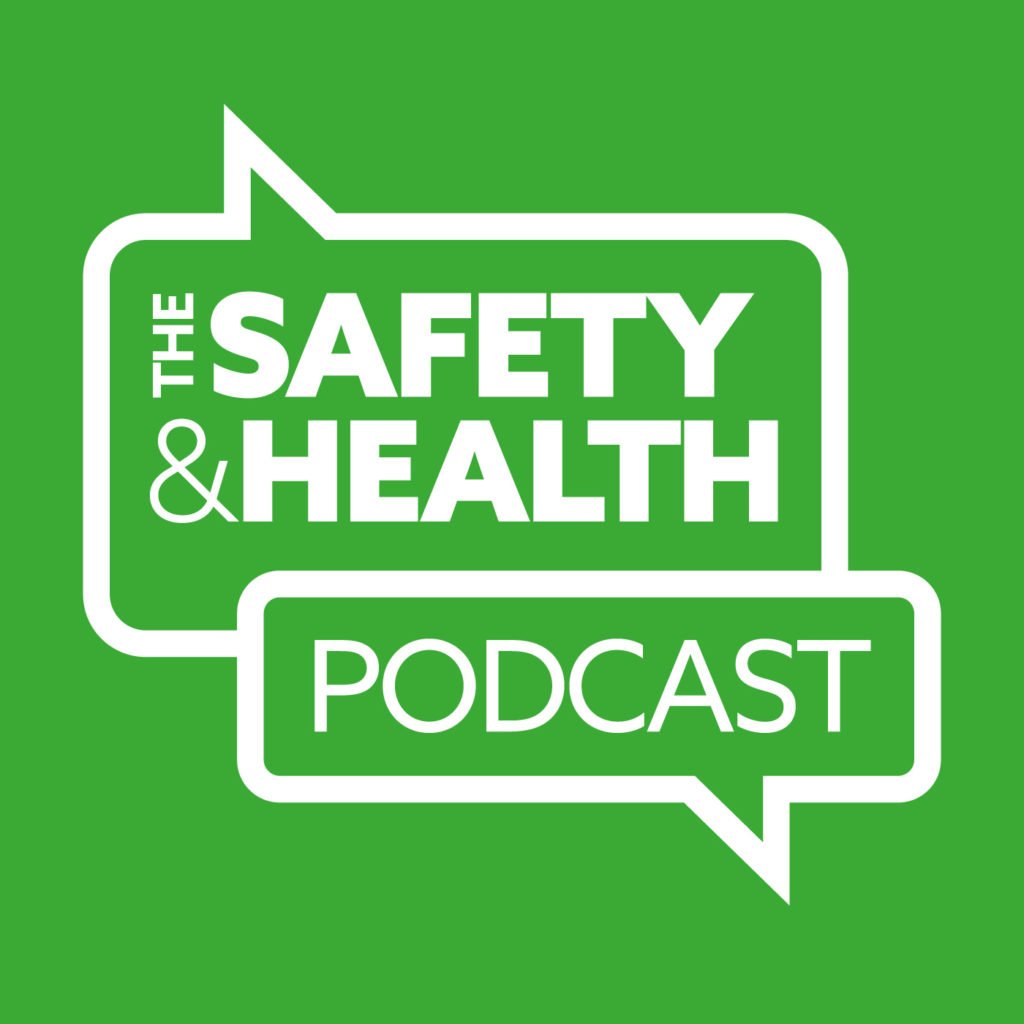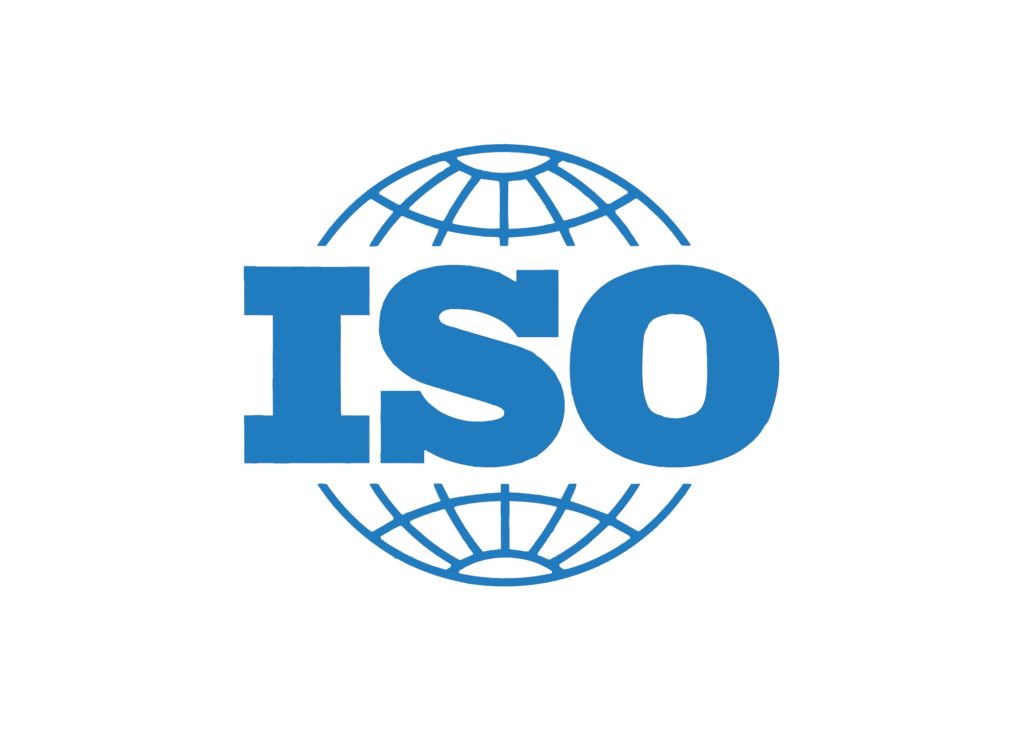The benefits of ISO 9001 to SMEs
The British Standards Institute explains how adopting ISO 9001 can be of benefit to small or micro businesses.
With ever increasing demands on small and micro businesses on quality, price and service, the most effective way to enhance the confidence of customers is through a structured certificated Quality Management System (QMS). For a small business, this is not as daunting as it might appear, as it should always be based on how your business systems currently operate.
The updated version of ISO 9001, was issued in September last year. It has been revised by an international community of quality management experts, which included strong UK leadership and representation. Consideration was given to the small and micro business sector, recognizing its employment and financial importance. This is reflected in the updated standard and this white paper is aimed at you as an entrepreneurial small or micro business owner, to guide and encourage you to take up the standard in your business in order to gain the considerable potential for operational business improvement opportunities that it can provide.
This paper sets out to inform and advise you as a small or micro business owner of the requirements and benefits of adopting the Quality Management Standard, ISO 9001:2015.
What are the external benefits to a small and micro business of ISO 9001?
- ISO 9001 is the recognized quality management system standard worldwide. It confirms that you have put in the effort to enhance your systems to meet the standard, in order to continue supplying a product or service that consistently meets your customers’ requirements
- Through the process of continuing to review and improve systems, the standard can positively help your business to ensure a high level of customer satisfaction and increase the effectiveness of your operations. This will in turn provide opportunities for orders, increased profitability and stability in the business
- BSI’s customer research (BSI voice of the customer survey 2012 to 2015) has shown that 50.6% of businesses attract new customers, as a result of implementing and gaining certification. Further, 62.2% report improvements in products or services, 60.8% report an increase in trust in their business
What are the internal benefits of ISO 9001 to a small and micro business?
- Your staff will have a common, logical system with consistent and repeatable processes for consistently getting things right
- You and your staff, having all been involved in the initialdevelopment and review, will appreciate the benefits of the QMS being the clearly defined and agreed processes, which will effectively support everybody day-to-day and in any situation that could arise
- Through the enhanced system you will all have a clearer understanding of what each person needs to do and how, which means you do not have to waste time memory testing, and searching for information
- Certification enables you to tender potential new customers and increase business. This is possible as the certificate gives them confidence in your business
- The team are able to speedily respond if things go wrong and agree a course of corrective action to prevent risk of a more serious outcome
- As problems are recorded as a result of the system, the team has the ability to collectively consider actions to correct and prevent recurrence. Should another problem arise there is a processes in place that the team can use to identify and resolve the problem more speedily
- Through the improvement in business control and reporting you will have a clearer view of how the business is doing and any aspects that should be looked at in more detail
- To quote BSI’s research again, 61.8% of businesses have seen a reduction in the likelihood of mistakes
All the above contributes ultimately to an improved customer experience.
What are the main changes in the 2015 revision of ISO 9001 that benefit small and micro businesses?
- A number of the changes are intended to be more inclusive and understanding of the small and micro business sector. This is as a result of the recognition by those involved in the re-drafting of the importance of your business sector. An implementation guidance document, ISO 9002, is currently being written and will include examples of how requirements apply to smaller businesses, recognizing that terms such as ‘organization’ and ‘top management’ are intended to be fully inclusive
- A relaxation in the requirement for detailed documented procedures. This is a major element of the revision through the recognition that systems, processes and records you need to formalize only the need to be in the simplest format necessary for the size and complexity of your business
- The requirement for you to be actively involved in the QMS has been significantly revised. As the owner you already have to be involved in all aspects of your business as a matter of course, so this clause is readily met by default. You only need to reference this in the processes through the undertaking of audits and reviews and recognize that as the top decision maker you are accountable for the effectiveness of the QMS and building quality into your overall business strategy
- The elements of risk (threats and challenges to the business) and opportunity, with regard to quality management, which were previously implicit are now more explicit and need to be integral to the QMS. It likely to be something you cover already, even subconsciously within your business operation in determining the risks and identifying improvement opportunities. By adopting risk-based thinking in a more structured way, you will make preventative action part of your routine approach
How is the standard structured and interpreted for small or micro businesses?
There are ten main clauses that you need to cover to achieve conformance or certification. All of the clauses have related subclauses. On reading the standard it might appear lengthy and complex to interpret. However it is most important for you to realise that it is only necessary to understand the underlying principle and objective of each clause. This then allows you to plan and develop a simple and straightforward QMS that has to be built around the way you currently operate, but is formalized with processes developed where any gaps are identified, to meet the standard. All of this is readily achievable by using the simplest route necessary according to the size and complexity of your business.
The following outlines each clause and provides a small or micro business-specific interpretation:
- It is recommended that you read through the standard carefully and concentrate on understanding the underlying intention of each clause. Don’t get distracted by the wording and terminology, as it is the general purpose that is important
But how useful is ISO 9001?
Have you implemented ISO 9001:2015? Or are you in the process of doing so?
There is some debate around how the requirements should be implemented, with questions raised about whether the standard is a bureaucractic burden to the company and how the new version reflects on organisations.
In a survey by Advisera, 200 companies were questioned as to what they thought about the standard. The companies, from production or service provision backgrounds, varied in size from 50 to 500 employees.













Useful information on 9001 but Webinar was last week – it was good. I think it would be helpful to have another when the guidelines have been in place of a few months. Also I think that there is need for a webinar on FFI linking it to EMM as one is based on the other. It is very difficult to challenge FFI invoices when you get them as the grounds for appeal are limited. Tip – Ask the inspector to explain their interpretation of EMM that leads them to be of the opinion that FFI applies.